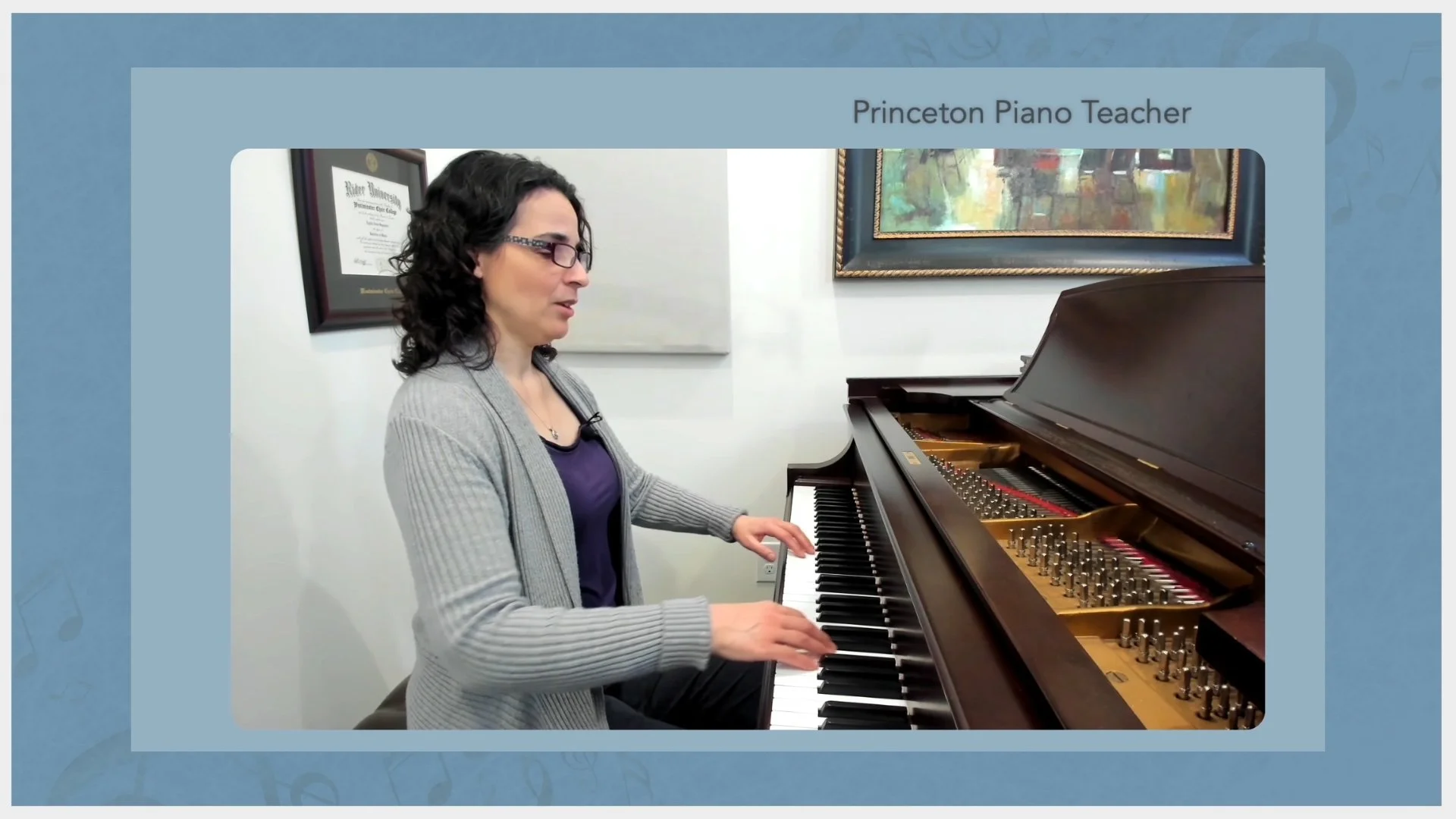Alexander Technique: Introduction
My favorite part of an Interview Lesson is the brief lesson that takes place after the student and I have talked for a while. I like to ask them to play part of their piece that never feels quite right. They often have several spots that they choose, and after we work a little bit, they see immediate results. While that’s really fun for everyone involved, it’s easy for us to forget that it takes time to create lasting results. But subtle changes over time can create major shifts in our playing. The students I work with understand this, and their patience pays off.
My first Alexander Technique lesson was pretty similar–the results were immediate, but I was back to old habits by the end of the day. If you’ve never heard of it, Alexander Technique is a study of body movement that allows us to return to moving in an efficient and balanced way, like we did when we were infants (watch a toddler playing and you’ll see what I mean!). It’s incredibly helpful for musicians, and many of us take the time to study it. Since I’ve studied it for several years now, I’m able to incorporate it into my teaching, and I’ve seen great results with my students because they’re inquisitive learners and they know it takes time to undo old habits.
It’s likely that we'll see immediate changes in our playing if we experience Alexander Technique…the question is, do we want those changes to last? That takes patience and an attitude of being focused on the process, rather than a goal. The process becomes the goal, actually. In fact, in Alexander Technique, if we become too focused on the goal, that’s called “end gaining”. End gaining is something we hope to avoid, because it affects our movement in a negative way.
If you’re a piano teacher who’d like to learn how to incorporate basic Alexander Technique concepts into your playing and teaching, sign up below to be notified about our classes for piano teachers!
